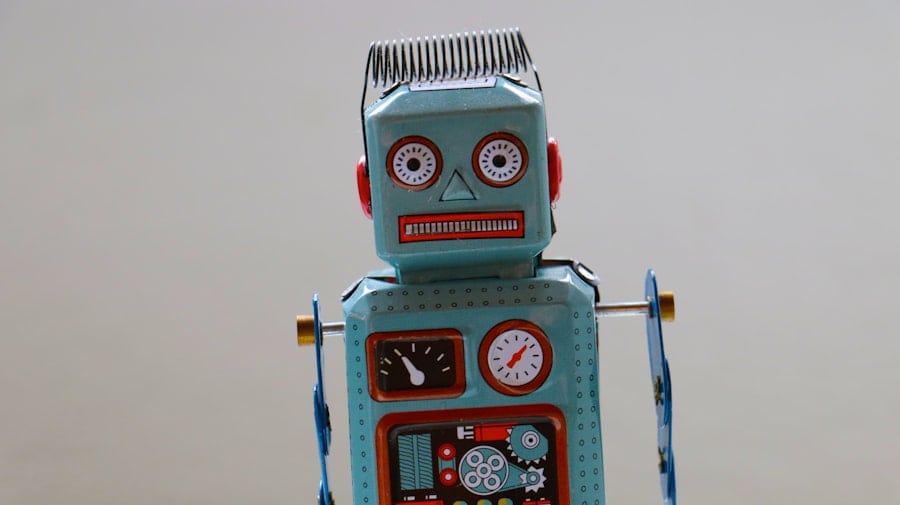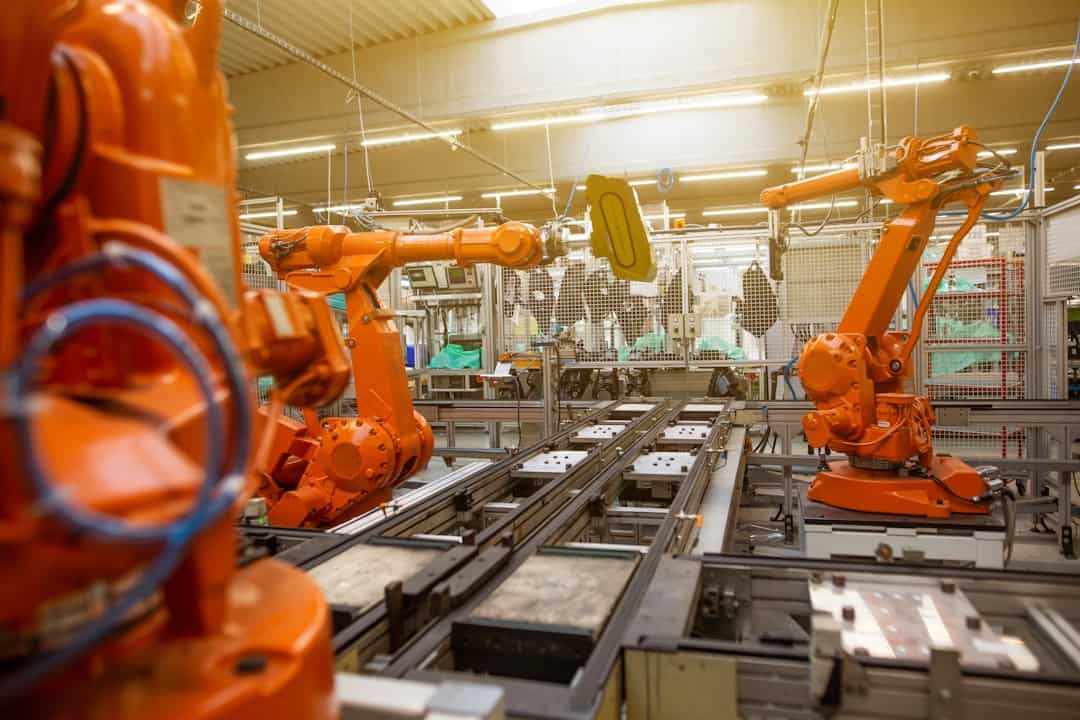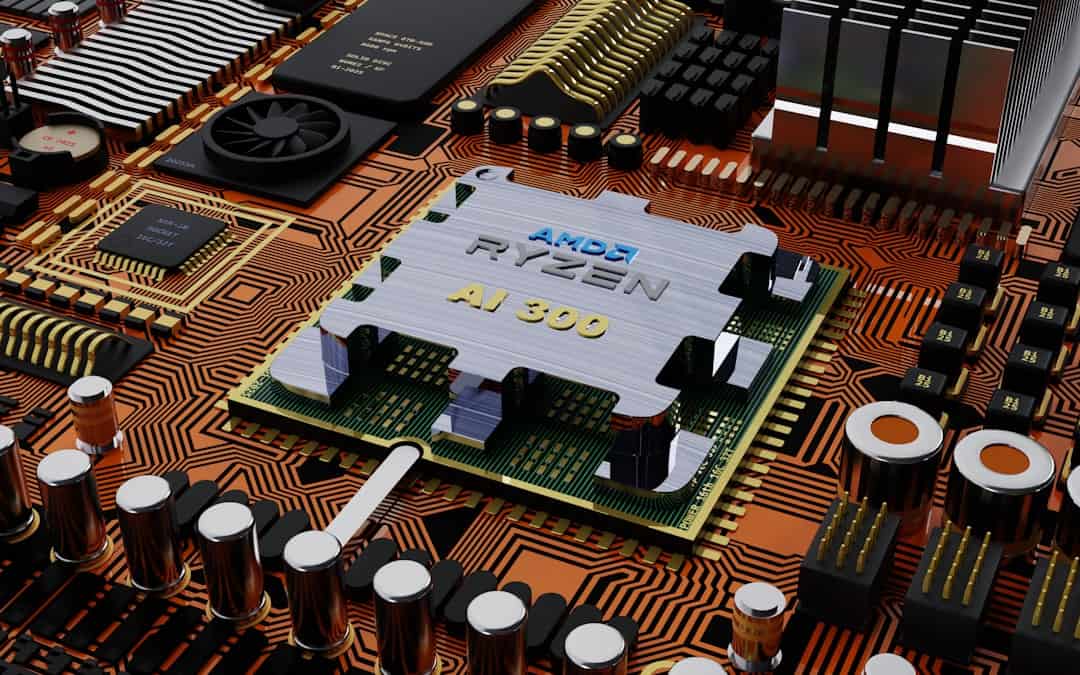Reinforcement learning is a machine learning technique that enables robots to acquire knowledge through environmental interaction and trial-and-error processes. This approach is founded on the principle of reward and punishment, where the robot receives positive feedback for correct decisions and negative feedback for incorrect ones. Through this mechanism, robots can continuously adapt and enhance their performance, leading to increased efficiency and effectiveness in task execution.
In robotics, reinforcement learning has the potential to transform robot programming and control methods. Conventional robot programming relies on predetermined rules and instructions, which limits adaptability to novel situations. Reinforcement learning allows robots to learn from experience and make decisions based on environmental feedback.
This capability enables robots to perform complex tasks with greater autonomy and flexibility, such as navigating unfamiliar environments, manipulating objects, and interacting with humans.
Key Takeaways
- Reinforcement learning is a type of machine learning that enables robots to learn from their actions and make decisions based on rewards and punishments.
- Artificial intelligence plays a crucial role in advancing robotics by enabling robots to perceive and understand their environment, make decisions, and adapt to changing conditions.
- Reinforcement learning in robotics has a wide range of applications, including autonomous vehicles, robotic manipulation, and industrial automation.
- Implementing reinforcement learning in robotics comes with challenges such as the need for large amounts of data, complex reward design, and safety considerations.
- The future of robotics and AI is expected to see advancements in human-robot collaboration, personalized robotics, and the integration of reinforcement learning with other machine learning techniques.
The Role of Artificial Intelligence in Advancing Robotics
Artificial intelligence (AI) plays a crucial role in advancing robotics by enabling robots to perceive, reason, and act in complex and dynamic environments. AI algorithms, such as machine learning and deep learning, provide robots with the ability to learn from data, recognize patterns, and make decisions in real-time. This allows robots to adapt to changing conditions, solve problems, and interact with humans in a more natural and intuitive manner.
In the context of reinforcement learning, AI algorithms enable robots to learn from experience and improve their performance over time. By analyzing the feedback they receive from their environment, robots can adjust their behavior and make better decisions in similar situations in the future. This ability to learn and adapt is essential for robots to operate autonomously and effectively in a wide range of applications, from manufacturing and logistics to healthcare and service industries.
Applications of Reinforcement Learning in Robotics

Reinforcement learning has a wide range of applications in robotics, spanning across various industries and domains. In manufacturing, robots can use reinforcement learning to optimize their movements and processes, leading to increased efficiency and productivity. For example, robots can learn to grasp and manipulate objects with different shapes and sizes, assemble complex products, and navigate through crowded factory floors without colliding with obstacles.
In healthcare, robots can use reinforcement learning to assist with patient care, such as lifting and transferring patients, delivering medication, and performing repetitive tasks. In addition, reinforcement learning can be used to train robotic prosthetics and exoskeletons to adapt to the unique movements and needs of individual patients, improving their quality of life and independence. In the service industry, robots can use reinforcement learning to interact with customers, such as taking orders in restaurants, providing information in retail stores, and assisting with check-in processes in hotels.
By learning from their interactions with humans, robots can personalize their responses and behaviors to better meet the needs and preferences of customers.
Challenges and Limitations of Implementing Reinforcement Learning in Robotics
| Challenges | Limitations |
|---|---|
| Complexity of real-world environments | Difficulty in generalizing learning to new environments |
| High dimensionality of state and action spaces | Computational complexity and time required for learning |
| Sample inefficiency | Large amount of data required for effective learning |
| Safety and ethical considerations | Risk of unintended consequences in real-world applications |
| Robustness to uncertainty and noise | Difficulty in handling sensor noise and environmental uncertainty |
While reinforcement learning holds great promise for advancing robotics, there are several challenges and limitations that need to be addressed for its successful implementation. One of the main challenges is the need for large amounts of data and computational resources for training robots using reinforcement learning algorithms. Training a robot to perform complex tasks requires a significant amount of data and computational power, which can be costly and time-consuming.
Another challenge is the safety and reliability of robots trained using reinforcement learning. Since robots learn from trial and error, there is a risk of them making mistakes that could lead to accidents or damage to property. Ensuring the safety of robots in real-world environments requires rigorous testing and validation processes to minimize the potential risks associated with their actions.
Furthermore, there are ethical considerations related to the use of reinforcement learning in robotics, such as the potential impact on employment and job displacement. As robots become more capable of performing tasks traditionally done by humans, there is a concern about the potential loss of jobs and the need for retraining workers for new roles.
Future Trends and Developments in Robotics and AI
The future of robotics and AI is filled with exciting possibilities and developments that have the potential to transform industries and improve our daily lives. One of the key trends is the integration of reinforcement learning with other AI techniques, such as computer vision and natural language processing, to enable robots to perceive and understand their environment more effectively. This integration will allow robots to interact with humans in more natural ways and perform complex tasks with greater autonomy.
Another trend is the development of collaborative robots, or cobots, that can work alongside humans in shared workspaces. These robots are designed to be safe, flexible, and easy to program, making them suitable for a wide range of applications in manufacturing, healthcare, and service industries. By combining reinforcement learning with collaborative robotics, we can create intelligent systems that can adapt to changing conditions and collaborate with humans in real-time.
Furthermore, there is a growing interest in using reinforcement learning for multi-agent systems, where multiple robots work together to achieve common goals. This approach has applications in areas such as autonomous vehicles, swarm robotics, and smart grid systems, where coordination and cooperation among agents are essential for achieving optimal performance.
Ethical Considerations in Advancing Robotics with Reinforcement Learning

As robotics and AI technologies continue to advance, it is important to consider the ethical implications of their use in society. One of the key ethical considerations is the impact of automation on employment and the workforce. As robots become more capable of performing tasks traditionally done by humans, there is a risk of job displacement and economic inequality.
It is important to address these concerns by investing in education and training programs that prepare workers for new roles in the age of automation. Another ethical consideration is the potential misuse of robotics and AI for malicious purposes. As robots become more autonomous and intelligent, there is a risk of them being used for harmful activities, such as surveillance, warfare, or manipulation.
It is essential to establish regulations and guidelines that ensure the responsible use of robotics and AI technologies to prevent their misuse for unethical purposes. Furthermore, there are ethical considerations related to privacy and data security when using robotics and AI technologies. As robots become more integrated into our daily lives, there is a need to protect personal information and ensure that data collected by robots is used responsibly and ethically.
The Impact of Reinforcement Learning on the Future of Robotics and AI
In conclusion, reinforcement learning has the potential to revolutionize the field of robotics by enabling robots to learn from experience and adapt to new situations autonomously. With the integration of AI techniques such as machine learning and Deep Learning, robots can perceive, reason, and act in complex environments with greater efficiency and effectiveness. While there are challenges and limitations that need to be addressed for successful implementation, the future trends and developments in robotics and AI hold great promise for transforming industries and improving our daily lives.
As we continue to advance robotics with reinforcement learning, it is important to consider the ethical implications of its use in society. By addressing concerns related to employment, safety, privacy, and security, we can ensure that robotics and AI technologies are used responsibly for the benefit of humanity. With careful consideration of these ethical considerations, we can harness the full potential of reinforcement learning to create intelligent systems that enhance our capabilities and improve our quality of life.
If you are interested in the future trends and innovations in the metaverse, you may want to check out the article “Future Trends and Innovations in the Metaverse: Evolving User Experiences.” This article discusses how the metaverse is evolving and the potential impact it could have on user experiences. It could be particularly relevant to those interested in the intersection of robotics and virtual environments, as reinforcement learning in robotics could be greatly influenced by developments in the metaverse.
FAQs
What is reinforcement learning in robotics?
Reinforcement learning in robotics is a type of machine learning where an agent learns to make decisions by taking actions in an environment to achieve a specific goal. The agent receives feedback in the form of rewards or penalties based on its actions, and uses this feedback to improve its decision-making over time.
How is reinforcement learning used in robotics?
Reinforcement learning is used in robotics to train robots to perform specific tasks or navigate through complex environments. By using reinforcement learning algorithms, robots can learn to adapt and improve their behavior based on the feedback they receive from their interactions with the environment.
What are the benefits of using reinforcement learning in robotics?
Using reinforcement learning in robotics allows robots to learn and adapt to new situations without explicit programming. This enables them to handle complex and dynamic environments, and perform tasks that may be difficult to program using traditional methods. Reinforcement learning also allows robots to continuously improve their performance over time.
What are some examples of reinforcement learning in robotics?
Examples of reinforcement learning in robotics include training robots to navigate through cluttered environments, manipulate objects, or perform complex tasks such as grasping and manipulation. Reinforcement learning can also be used to teach robots to play games, such as chess or Go, and to optimize their performance in industrial settings.
What are the challenges of using reinforcement learning in robotics?
Challenges of using reinforcement learning in robotics include the need for large amounts of training data, the time and computational resources required for training, and the potential for the robot to learn suboptimal or unsafe behaviors. Additionally, designing reward functions that accurately reflect the desired behavior can be a complex and challenging task.











Leave a Reply